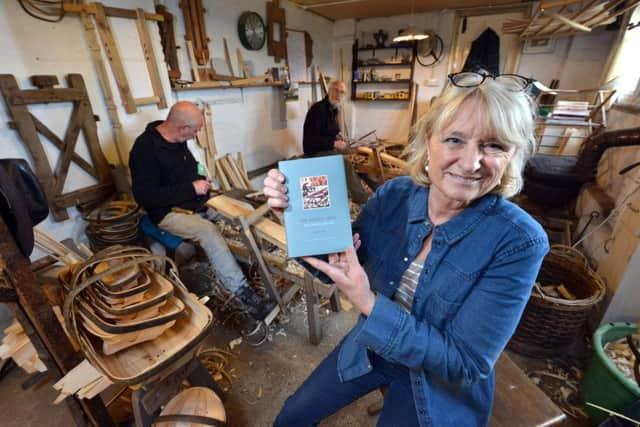Follow Queen Victoria's example with your trug


Used for centuries, trugs came to prominence when Queen Victoria visited the Great Exhibition in 1851 and ordered a consignment for the Royal Family. Trug inventor Thomas Smith of Herstmonceux walked from his home to Buckingham Palace with a wheelbarrow full of the baskets.
Today a book called ‘The Sussex Trug, Form, Function and Craft’ is being launched by author Sarah Page, who continues the Herstmonceux connection with her village workshop. The book costs £20 and can be ordered at: [email protected].
Advertisement
Hide AdAdvertisement
Hide AdFor more than 20 years Sarah has continued to create trugs at The Truggery. A founder member of the Association of Sussex Trug Basket Makers, she hopes the book will bring a greater appreciation of what she describes as a declining craft.
Trug making has been established in Sussex for at least 200 years. The word is derived from ‘trog,’ Anglo Saxon for wooden vessel or boat-shaped article. Originally used as measures or scoops for grain or liquid, they are world renowned for strength, durability and usefulness.
Truggery trugs are hand-made in the traditional way using sweet chestnut and cricket bat willow.